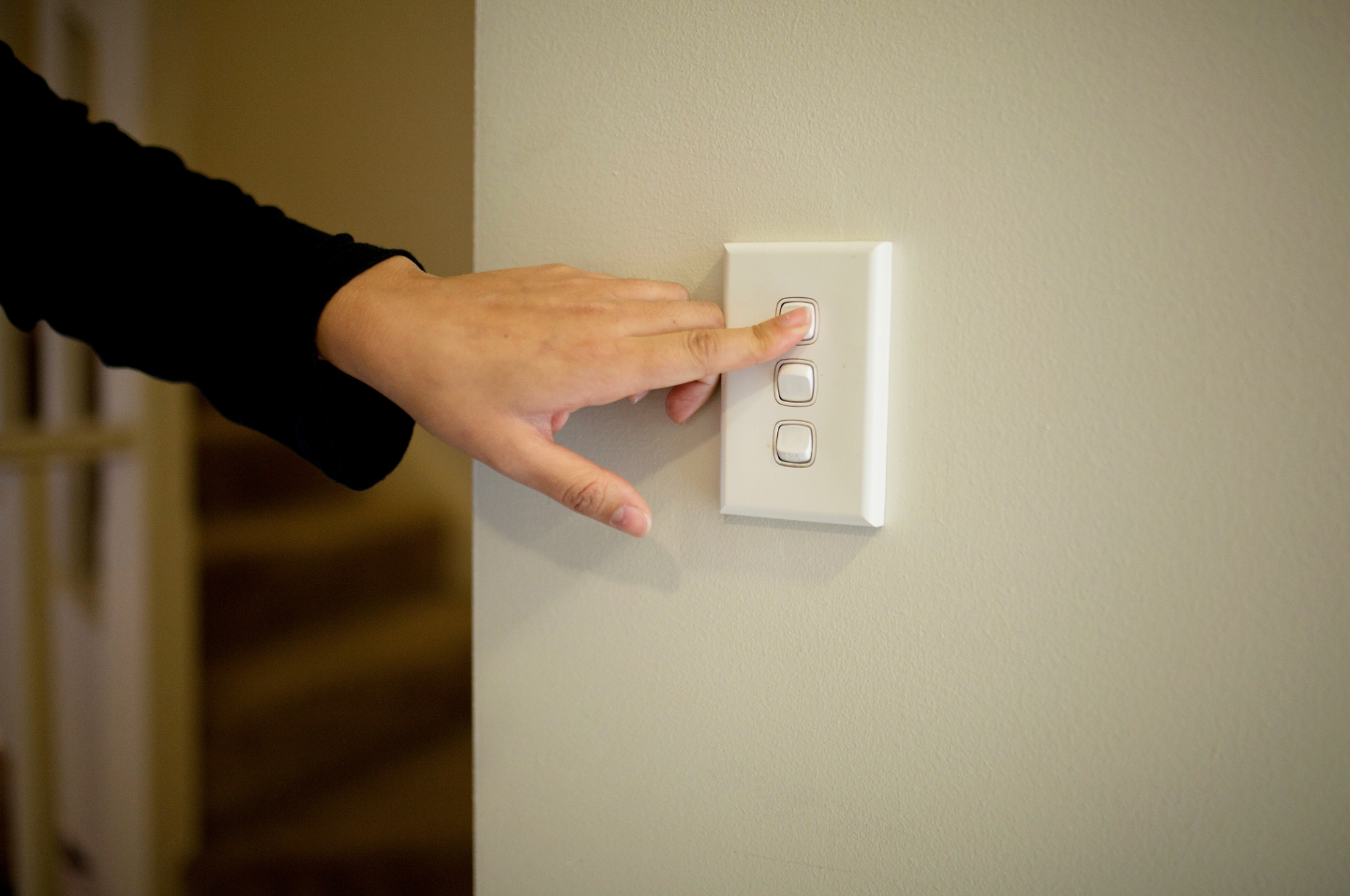Top tips for lighting your home
- LED (light emitting diode) globes generally use the least amount of electricity
- Think lumens, not watts – they are the new measurement
- You don’t need high wattage to get a bright light
- If you have CFL (compact fluorescent lamp) light bulbs in a room that’s used frequently, change them to LEDs. Otherwise, wait for them to stop working then replace with LEDs.
Choosing a bulb
Light bulb technology has changed quickly and, with so many options, it can be confusing.
Types of light bulbs
LED bulbs. These use the least amount of electricity. They are more expensive than CFLs but will last longer. They are suited to most lighting situations and you can buy them at supermarkets, hardware stores and lighting shops.
Compact fluorescent lamps (CFLs). These are mini versions of fluorescent tubes and are usually swirly. They are reasonably inexpensive and are more energy efficient than halogen and incandescent bulbs. They contain small amounts of mercury, so be careful when throwing them away.
Halogen lights. This type of incandescent bulb will be banned in Australia from September 2020.
Incandescent bulbs. These bulbs create electric light with a wire filament heated until it glows. They have been mostly phased out since 2009 but are sold as a specialty.
What to look for
The more lumens, the more light is produced.
The packaging on light bulbs often shows the old incandescent wattage equivalent, which can be useful for those who are used to buying bulbs based on watts.
New, more energy efficient lights use much less wattage (energy) than incandescent bulbs did, but they produce much more light with less electricity.
How much light is enough light will depend on the size of the room, what the room is used for and individual preferences. It can be useful to have lots of light in the kitchen or the bathroom, for instance. The following guidelines may help:
- 400 lm = not considered enough light for an average sized room on its own, but can be adequate if there are multiple lights, or for a floor or table lamp
- 800 lm = possibly enough to light a small room such as a laundry, or for a bright lamp
1000 lm = more than 1000 lumens are needed to light a high traffic area such as a living room but larger rooms will often require more than one light.
Light colour
The colour temperature of a light is measured in Kelvins – the lower the number, the warmer the light.
Warm white is considered softer and more relaxing, suitable for bedrooms and living areas (2700K).
Cool white is a neutral light, good for concentrating on tasks in kitchens and garages (5000K).
Daylight appears harsher, sometimes used in bathrooms and laundries (6500K).
